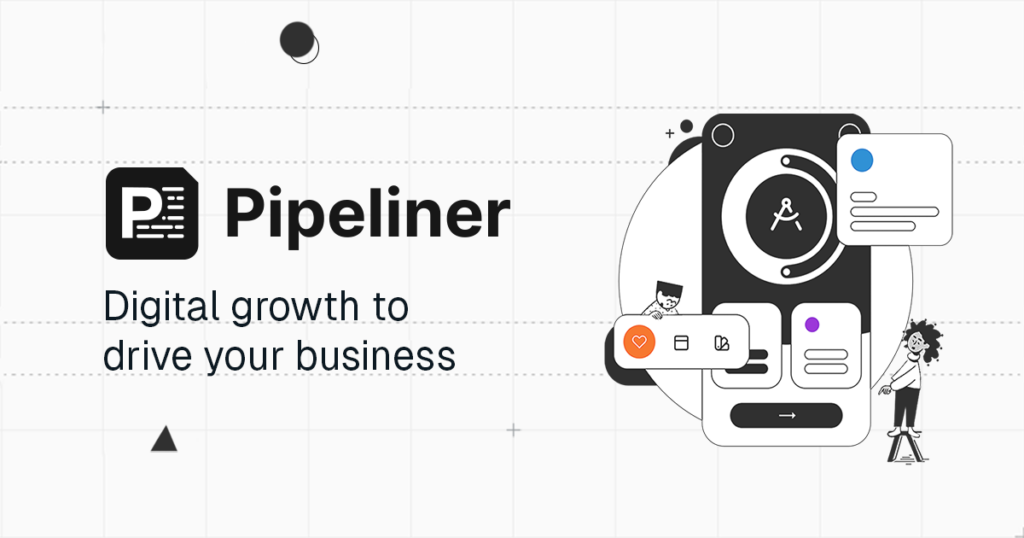If you’re having trouble getting your first 100 customers for your start-up SaaS product, don’t worry, it’s possible with the right business strategies. Paul Graham, the founder of Y Combinator, in his personal blog, famously said, “do things that don’t scale”. This article provides some of the best business strategies to achieve this, from creating a landing page to trying out new strategies. Let’s get started and start growing your customer base today.
…do things that don’t scale.
Paul Graham, founder of Y Combinator
1. Start Your Business Strategies Before You Write Code
When building a product, many start-ups focus on developing the product first and then marketing it later. However, it’s important to start thinking about finding your first hundred customers before even writing the first line of code. Start by identifying any advantages you may have, such as an existing audience or network that you could leverage to promote your product. If you don’t have an audience or network, don’t worry, as there are traffic channels that can work even without an audience.
2. Build a Landing Page

Before starting to develop the product, it is important for the start-up to validate whether there is a demand for it. One way to do this is by setting up a landing page where you can collect emails and offer updates on the product. By doing this, you can build an email list and validate that people are interested in your product. This also allows you to do customer development and have conversations with potential customers to see if your product solves a problem for them and provides value.
The easiest way to build a landing page is to sign up with Pipeliner or schedule a free consultation with our team.
3. Reach out to Your Network
One of the best ways for start-ups to get their first 100 customers is to start with the people they know. Reach out to friends, family members, and colleagues who might be interested in your product. Ask for their feedback and encourage them to spread the word. You can also leverage your network by asking for introductions to people they know who might be interested in your product.
4. Use Social Media as a Customer Acquisition Strategy
Social media can be an incredibly powerful tool for start-ups to reach out to potential customers and grow their business. If you’re looking to make the most of social media, you’ll need to start by identifying the social media platforms that your target audience is most active on. Once you’ve found those platforms, you’ll want to focus on creating engaging content that truly resonates with that audience.
One great way to create content that resonates with your target audience is to take the time to really understand who they are and what they’re looking for from your brand. By doing some research and getting to know your audience, you can create content that speaks directly to their needs and interests. Create and share engaging content on your social media channels. Encourage your followers to share your content to increase your reach. Engage with your followers by responding to comments and messages to build stronger relationships and create a loyal customer base. Use social media to drive growth and increase your bottom line by targeting your audience.
5. Offering a Free Trial as a Start-up
Offering a free trial is a great way for start-ups to attract new customers and showcase their product’s value. To make it successful, simplify the sign-up process and offer added value during the trial, such as exclusive features or discounts. Don’t forget to follow up with personalized support after the trial to ensure customer satisfaction and loyalty. With these strategies, you can create a positive experience for potential customers and build a loyal customer base for your business.
6. Leverage Influencers
Influencers can be a fantastic way for start-ups to increase exposure for their product. In order to identify the ideal influencer in your industry, it is important to conduct thorough research on their social media presence. This includes reviewing their follower count, engagement rate, and the type of content they post.
Once you have identified potential influencers, you can begin reaching out to them via direct message or email to introduce yourself and your product. In addition to offering a free trial or other incentives, consider building a relationship with the influencer by engaging with their content and showing genuine interest in their work. By cultivating a strong relationship with an influencer, you can create a long-term partnership that benefits both parties and ultimately leads to increased exposure for your product.
7. Attend Events
Attending events and conferences can be a great way for start-ups to meet potential customers and get their product in front of them. Look for events that are relevant to your industry and target audience. Consider setting up a booth or giving a presentation to showcase your product. Getting your first 100 customers can be a challenge, but with the right strategies in place, it’s definitely achievable. By leveraging your network, using social media, offering a free trial, leveraging influencers, and attending events, you can build a solid customer base and set your SaaS product up for success.
8. Email Marketing
One effective way for start-ups to reach out to potential customers and keep existing customers engaged is through the use of email marketing. In order to make the most out of your email marketing efforts, it is important to provide valuable content in your emails. Consider including tips and tricks for using your product, industry insights, or other relevant information that your audience may find useful. This not only keeps your customers engaged but also positions your brand as a valuable resource in their eyes.
Another key factor to keep in mind when using email marketing is to include clear calls to action in your emails. Whether it’s signing up for a free trial or purchasing your product, make sure your readers know exactly what action to take next. This not only helps to increase conversions but also improves your overall email engagement rates as readers are more likely to take action when given a clear directive. So, the next time you’re looking to connect with potential customers or keep your current customers engaged, consider leveraging the power of email marketing with these tips in mind.
9. Optimize Your Website
It is important for start-ups to ensure that their website is optimized for conversions. This can be achieved through various means. Firstly, it is important to use clear and compelling messaging to explain what your product does and why it is valuable. This should be done in a way that resonates with your target audience and highlights the unique selling points of your product. Secondly, it is crucial to make it easy for potential customers to sign up for a free trial or purchase your product. This can be done by simplifying the purchase process and offering multiple payment options.
Lastly, it is recommended to use A/B testing to optimize your website and improve your conversion rate. This involves testing two versions of your website to see which one performs better. By implementing these strategies, you can increase the likelihood of converting website visitors into paying customers and ultimately grow your business.
10. Provide Exceptional Customer Service
Providing exceptional customer service is crucial for any business, start-up or otherwise, that desires to retain customers and grow its customer base. To provide exceptional customer service, businesses must treat customers with respect and empathy, and respond to customer inquiries and issues quickly and effectively. This means that businesses must ensure that their customer service representatives are well-trained and knowledgeable about the product or service being offered so that they can provide accurate and helpful information to customers. To improve their product or service, businesses must listen to customer feedback and address any issues.
Additionally, exceptional customer service can be provided by proactively reaching out to customers to offer assistance or personalized recommendations. By doing this, businesses can build a loyal customer base, attract new customers, and grow their business.
11. Partner with Complementary Businesses
Partnering with complementary businesses can be a great way for start-ups to reach new customers. By collaborating with other businesses in your industry, you can grow your customer base and increase your sales. One way to find potential partners is to look for businesses that offer complementary products or services to your own.
For example, if you sell athletic gear, you might consider partnering with a gym or a sports nutrition store. By working together, you can create a mutually beneficial relationship that allows you to cross-promote each other’s products and services. This can help you reach new audiences and increase your brand awareness. Don’t be afraid to reach out to potential partners and pitch your ideas. You never know what kind of opportunities may arise from a simple conversation!
12. Ask for Referrals
Start-ups shouldn’t be afraid to ask their current customers for referrals. Satisfied customers are often happy to spread the word about your product to their friends and colleagues. Consider offering incentives, such as a discount or a free month of service, to customers who refer new business to you.
13. Under-Pricing
First-time entrepreneurs often make the mistake of underpricing their products, believing that a lower price will attract more customers. However, setting the price too low can limit what you can do with your product. The price point has a significant impact on your product, and it’s essential to understand this early on.
14. Retaining Customers
Acquiring the first 100 customers can be a daunting task for start-ups, but keeping them is even more challenging. Creating a product that meets people’s needs and keeps them coming back month after month is much more difficult than it may seem. While marketing is undoubtedly challenging, simply reaching the point where customers remain dedicated to your product can take anywhere from six months to a year and a half. While there is no specific roadmap or formula for gaining and retaining customers, the concepts, approaches, and strategies outlined in this article can certainly help you to get there.
15. Experimentation is Key
When it comes to getting the first 100 customers for a SaaS product, there is no one right way to do it. Experimenting with different strategies and tactics is key to finding what works best for you. Before launching your product, it’s important to have a solid plan in place, including a comprehensive marketing strategy that outlines the channels you’ll use to reach your target audience.
Conclusion
Getting your first 100 customers for your SaaS product can be a challenging task, but it’s not impossible. By leveraging your network, creating a landing page, under-pricing your product, retaining customers, experimenting with different strategies, and attending events, you can build a solid customer base and set your SaaS product up for success. Additionally, email marketing, website optimization, exceptional customer service, partnering with complementary businesses, and asking for referrals are all powerful tactics to grow your customer base and build a successful SaaS business. Remember to keep experimenting and iterating on your marketing and customer acquisition strategies to continue growing your customer base and building a successful SaaS business.

